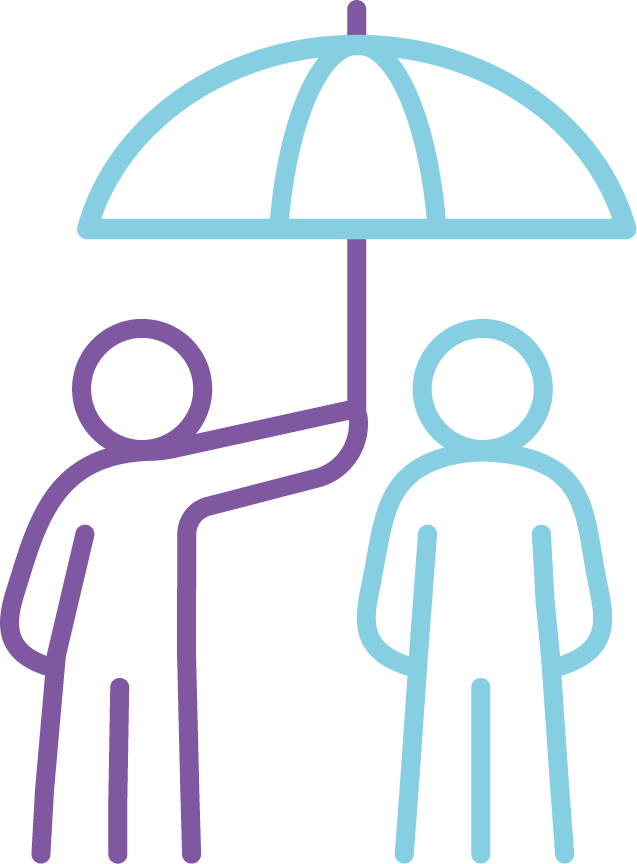How to report cybercrime to the police
In an emergency, when a crime is being committed or has just been witnessed, there’s a risk of injury, or a risk of serious damage to property, dial 999.
In a non-emergency or to make a general inquiry, dial 101.
Report anonymously by contacting the charity Crimestoppers on 0800 555 111. Crimestoppers is independent of the police.
Increase your cyber security
You can reduce the risk of cybercrime with these five tips:
- Install up-to-date anti-virus software and a firewall on your computer
- Set your internet browser to the highest level of security notification and monitoring
- Don’t click any links or previews or open any attachments in strange emails – delete them straight away
- You can also check with your virus protection software provider for information and lists of scam emailers
- Report scam emails to Action Fraud
Worried about your child online?
If you’re worried about your child’s safety online, here are a few things you can do:
- social networking sites – find out how they work, set appropriate privacy settings, block certain users or content, and report any abuse, fraud or unsuitable behaviour or content
- content blockers or filters – these can be applied to your PC or your internet browser and can prevent dubious, adult or illegal content from being accessed
- make your child aware – speak to your child about online safety and the things they can do to keep safe. Let them know they can come to you if they are ever worried about something they’ve seen or heard online
If you’re concerned that your child is being groomed, contact your local specialist child sexual exploitation team or make a report to CEOP.
What is cyberbullying?
Cyberbullying is a form of bullying that takes place online and typically affects children and young people, although adults can also be targeted.
Unlike offline bullying, online bullying can follow you wherever you go, via social networks, gaming and your mobile phone. You can be bullied online and offline at the same time.
Cyberbullying can include:
- being sent threatening or abusive text messages
- embarrassing images or videos of you being shared with you and others
- trolling (when you’re sent menacing or upsetting messages on social networks, chat rooms or online games)
- being excluded from online games, activities or friendship groups
- getting shamed online
- being the target of a hate website or group
- receiving messages encouraging you to self-harm
- being the subject of an abusive poll where others vote
- having your online identity stolen or hijacked by others, for example when they create fake accounts so they can cause trouble using your name
- sexting (receiving sexually explicit messages)
- getting pressured into sending sexual images or engaging in sexual conversations
What to do if your device has been hacked or you have a virus/malware
Visit the National Cyber Security Centre ‘How to recover an infected device’ page for what to do if you think your device has been infected.





